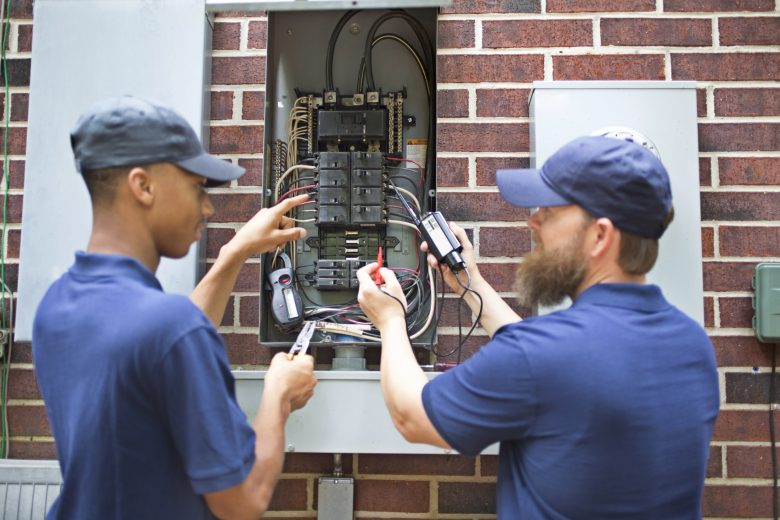Electrical hazards are present in many workplaces. When employees are required to work with electrical equipment, there are ways to contain the associated risks and create the safest work environment possible. The first step to protecting electrical workers is to implement a safety program that meets OSHA’s requirements and follows the hierarchy of controls. Once that’s done, many safety managers turn their focus to risk awareness. This will combat complacency that develops when people work with the same hazards every day.
Additionally, electrical safety training should not only teach employees how to manage electrical parts and equipment but also focus on what happens when they neglect the proper PPE, don’t report hazards or fail to recognize how their own states of mind affect their safety.
Awareness of hazards and adequate training
In some companies with high employee turnover, many new hires do not receive the safety training they should, which is particularly dangerous when they have to work with electrical hazards. That’s because the training they are given is often specific to a piece of equipment—and as a result, it fails to address general electrical safety and safe practices.
Electrical safety training is limited if it doesn’t address topics like remaining alert at all times. After all, it’s the invisible or unnoticed hazards that most frequently result in injury so the training should also include a section on how to consciously and constantly look for and spot hazards. This is also why a comprehensive, easy-to-follow electrical hazard evaluation procedure is so important.
Electrical safety training and refresher courses are also recommended for more experienced employees. People tend to underestimate the dangers associated with specific tasks after they’ve performed them safely multiple times. As a result, experienced electrical workers often develop a “can’t-happen-to-me” attitude and assume that they’re safe enough. This is why awareness training is a vital component of electrical safety.
PPE compliance
Worker training (and regular refresher sessions) should always stress the critical importance of PPE compliance. For example, safety gloves and safety glasses must be worn when handling electrical wires, motors or circuits, even when the level of risk is seemingly small. Minor, simple tasks often lead to the greatest injuries—workers feel that because they perform these jobs regularly, they know exactly what they’re doing and don’t need the PPE.
A strong PPE program aims to ensure protective equipment is used every time it is required. Such programs thrive in a safety-oriented, positive culture. Encouragement and leading by example (rather than punishment or threats) pave the way for employees to develop positive PPE habits.
Human factors
Workers are not machines and when incidents occur they are often partially caused by human factors like rushing, fatigue or frustration. When employees rush they can become impatient and careless. When they are frustrated they can forget or choose to ignore the proper electrical safety protocol. And when they are tired, their awareness while performing a task can become skewed.
The best way to address the impact of the human factors on safety is to teach employees how to recognize for themselves when these factors are affecting their work. This will improve their safety awareness and allow workers to consciously choose safer actions in the moment.
Enforcing electrical safety is of paramount importance whether it’s on construction sites, in factories, in the field or even when working with power tools. By conducting training regularly, establishing a procedure for reporting hazards, introducing a PPE program and educating employees on the mental states that affect their safety, the risk of an electrical incident can be greatly reduced.

